Bee balm is a flowering plant native to North America. The leaves and flowers are used in herbal medicine. Some types of bee balm contain chemicals called terpenes that have medicinal properties.
You can find bee balm at local nurseries or health food stores. If you want to grow your own, you can purchase seeds from a reputable supplier.
There are currently 21 different types of Monarda flowers (Bee Balm), but it has been mixed with many other species of plant to create another 50 varieties!
If you would like to find out what types of bee balm you can add to your garden, take a look at our huge Bee Balm list!
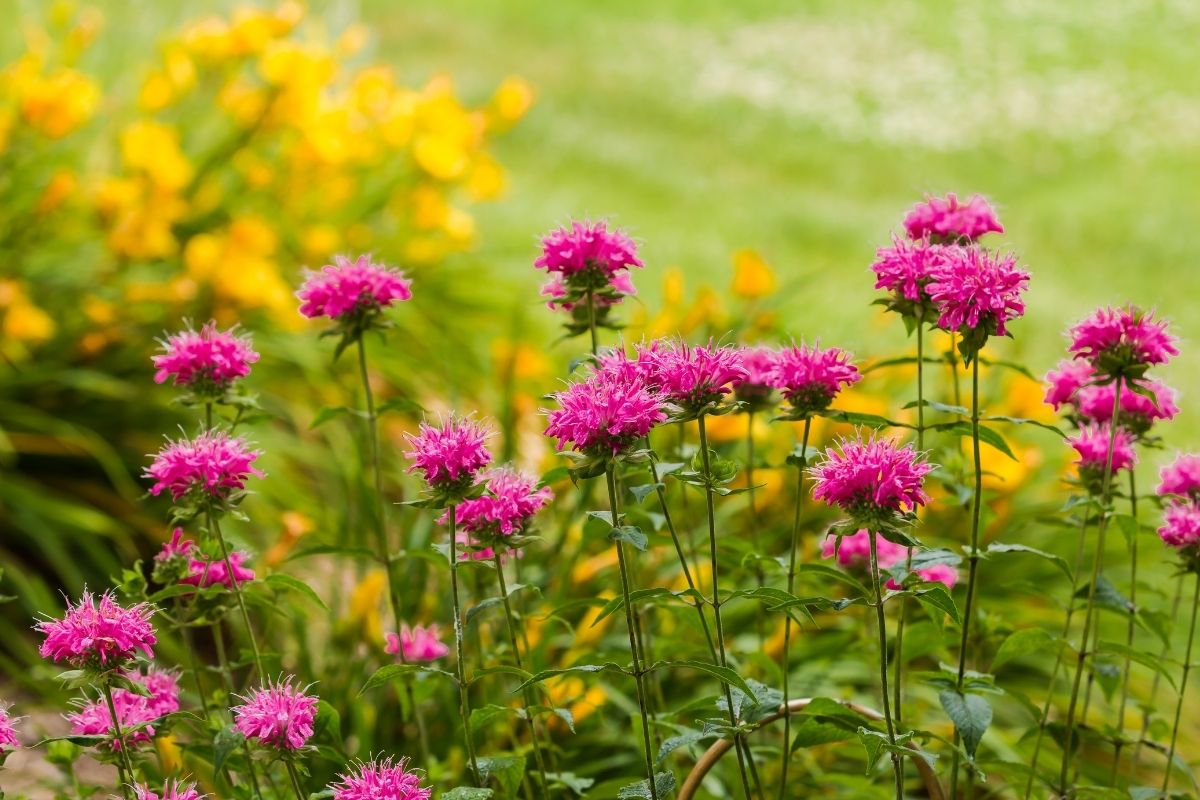
The Benefits Of Bee Balm
There are many benefits to using bee balm for your health. It has been shown to help with the following conditions:
- Anxiety
- Asthma
- Bronchitis
- Cold sores
- Depression
- Eczema
- Headaches
Carry on reading to find out the different types of bee balm plants that are available around the world!
1. Monarda ‘Petite Delight’ Bee Balm
The Petite Delight variety of bee balm is known for its lavender-rose flowers and impressive scent.
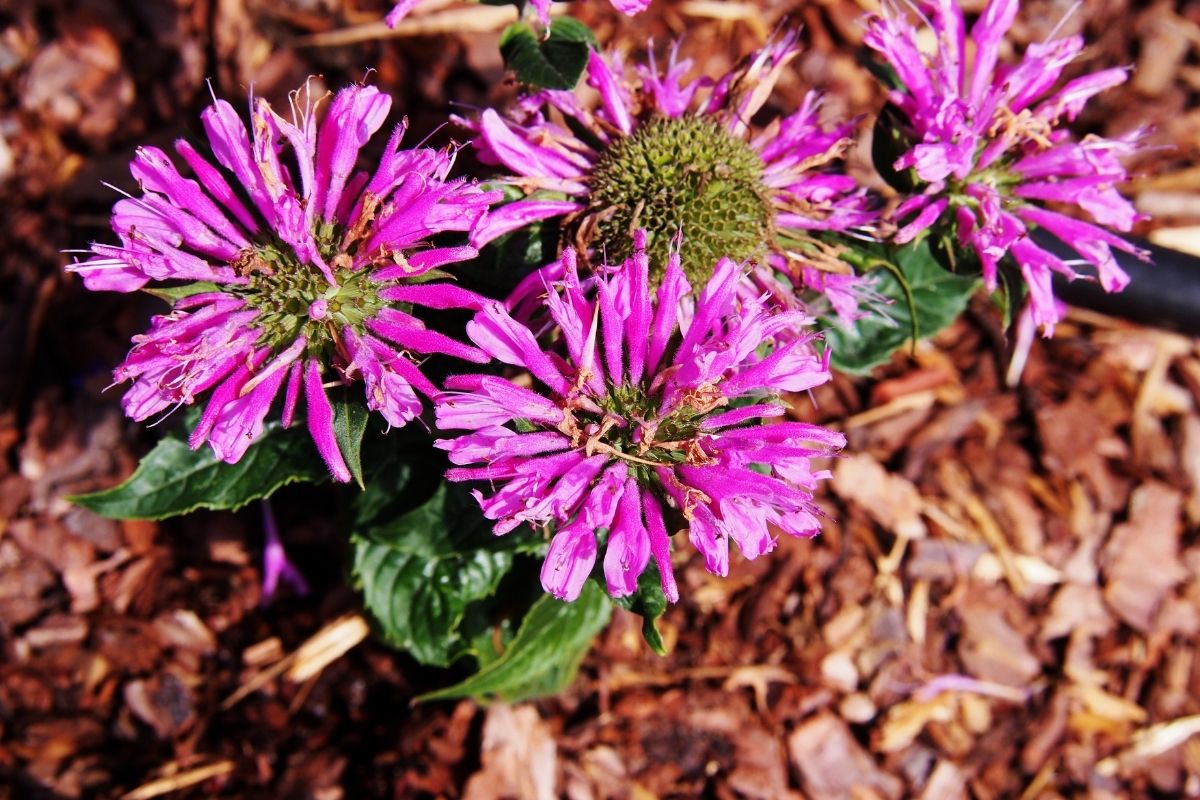
With its relatively small height of around 2 inches, these blooms are actually a perennial that forms in clumps.
It prefers to grow in chalky soils, and as long as it has enough space to grow its dense foliage, the Petite Delight bee balm with thrive!
2. Monarda ‘Balmy Pink’ Bee Balm
If you prefer to grow this particular variety, then you will be pleased to know that it’s one of the most popular bee balms.
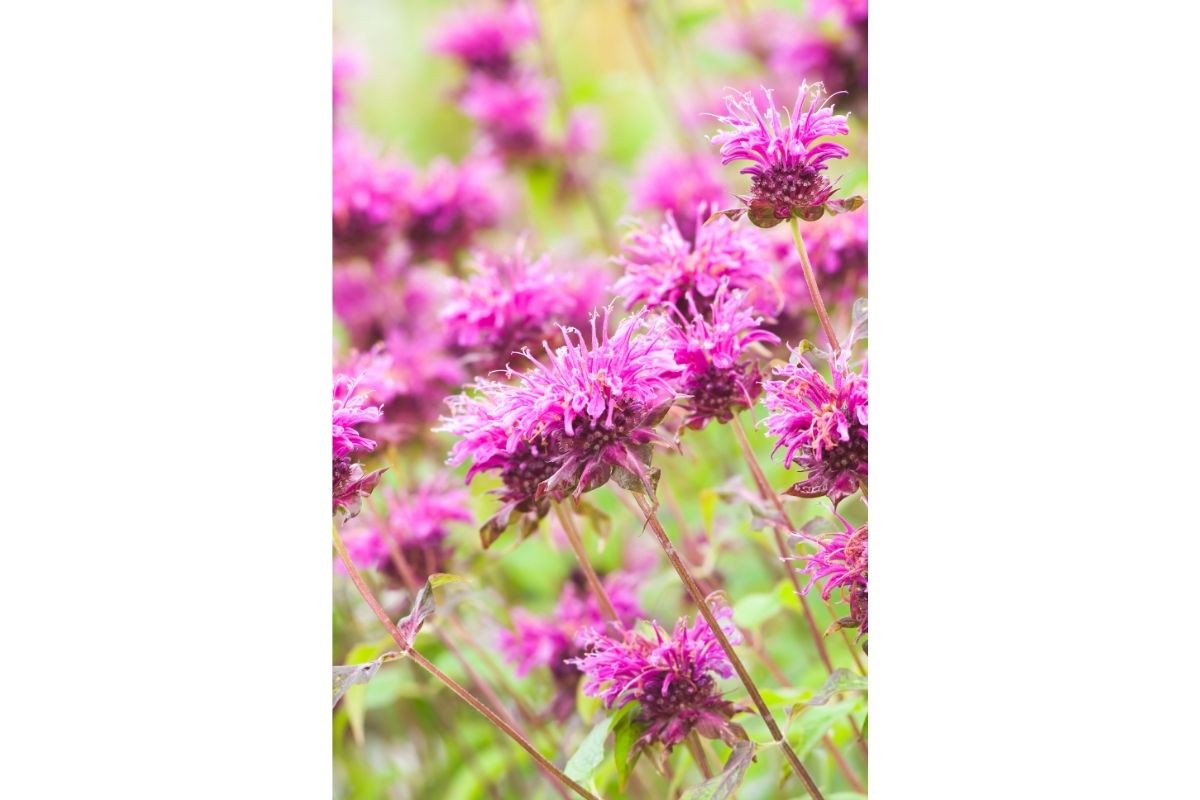
As the name suggests, its blooms come in a beautiful pink color that stands out for miles with its brightness!
It is an early flowering species which means that the color will start to appear in spring, and in its mature state it will reach up to 12 inches in height.
3. Monarda ‘Balmy Purple’ Bee Balm
Similar to the variety above, this plants flowers into a stunning purple color in the late spring. This plant is particularly great at attracting butterflies and hummingbirds while remaining resistant to both deer and rabbits!
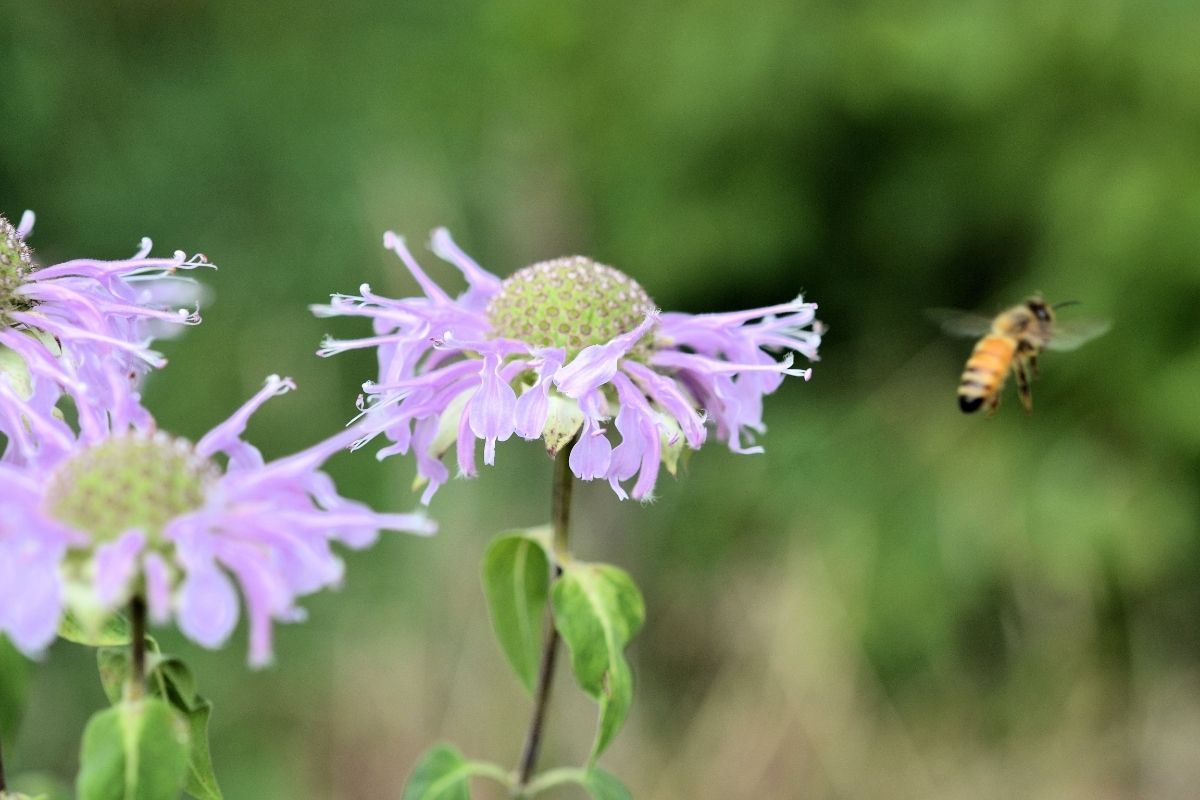
The Balmy Purple does need quite a bit of sun, but it can’t dry out otherwise it will give up completely. You should deadhead this species after every blooming season to ensure that it will come back the next spring with beautiful flowers.
4. Monarda Punctata – ‘Spotted’ Bee Balm
This type of bee balm stands out from the other varieties because of its flower shape. It looks very similar to the Pagoda flower, and the clusters can be found in a variety of colors that include purple, pink, and cream.
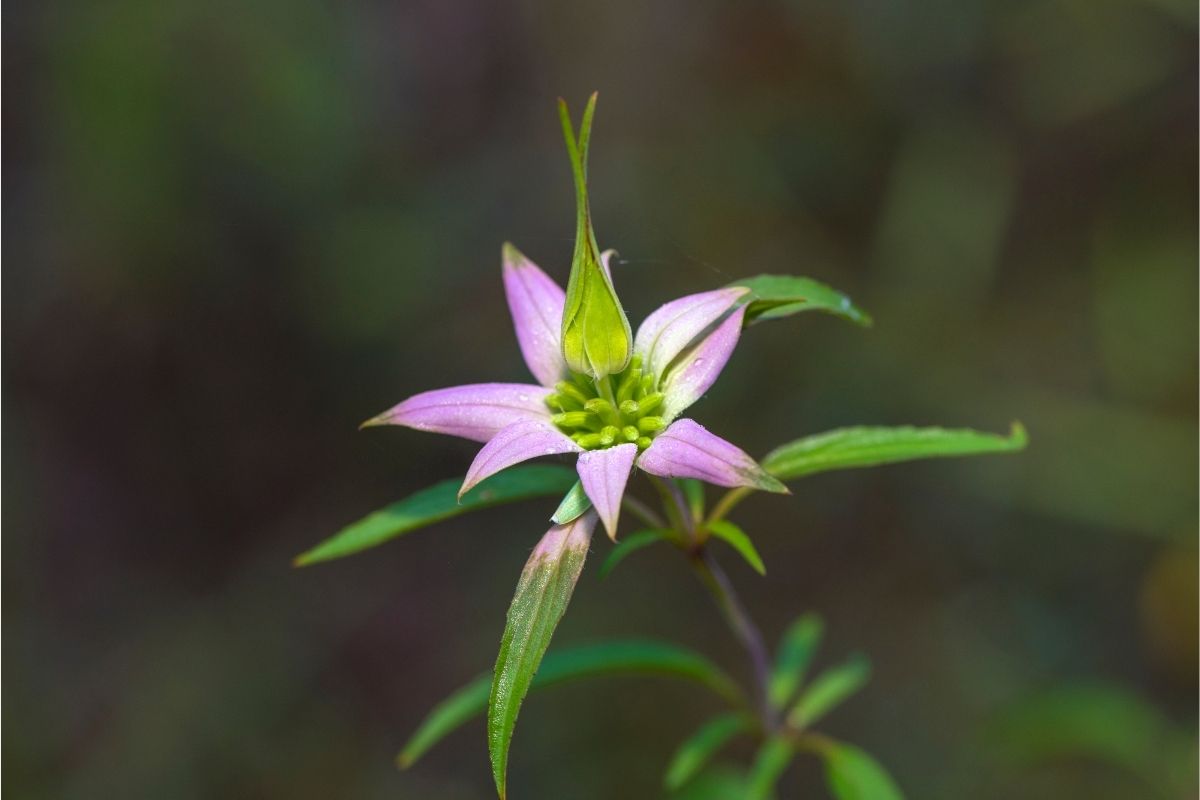
These blooms are brilliant for bringing pollinators to your garden, and the leaves also have a distinct scent that can be used in tea!
5. Monarda ‘Beauty of Cobham’ Bee Balm
As its name suggests, this bee balm is a beauty to behold. Its flowers are light purple in color, and they come in a range of sizes from about 3 inches to 6 inches tall.
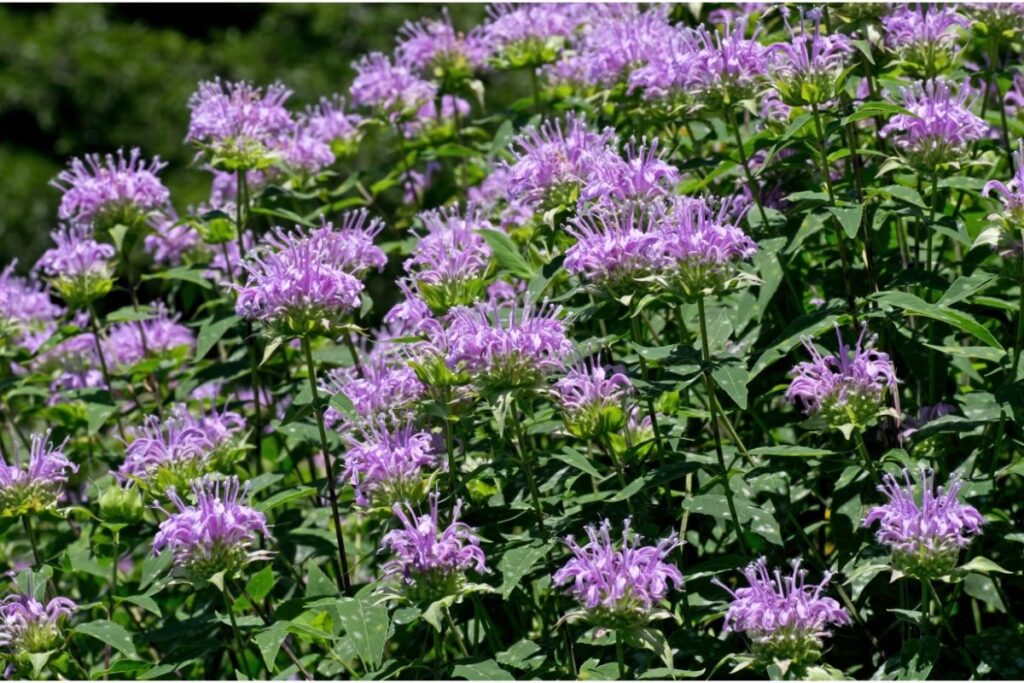
It is a popular choice among beekeepers because it is great at attracting all types of pollinators, and its clump-forming nature means that there is plenty of blooms and foliage to go around.
6. Monarda ‘Lemon’ Bee Balm
The Lemon bee balm is formed in tubular blooms, which shows off its pretty pink petals well. Because it is native to Mexico and the hotter areas of the United States, it is a particularly hardy species that prefers rocky and dry soil.
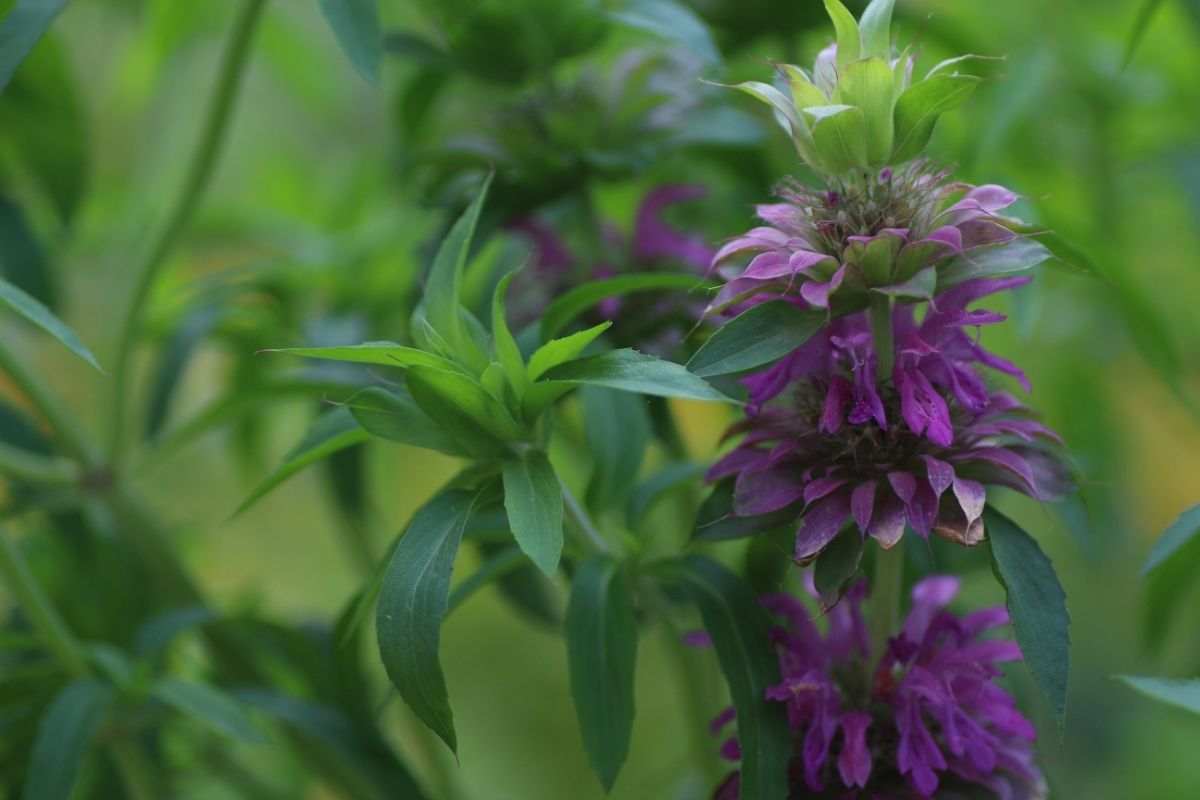
It can grow either as a biannual or an annual plant, and its tall structure (similar to the Monarda Punctata) is unique.
7. Monarda ‘Basil’ Bee Balm
This bee balm is another favorite amongst beekeepers due to its strong smell and attractive appearance.
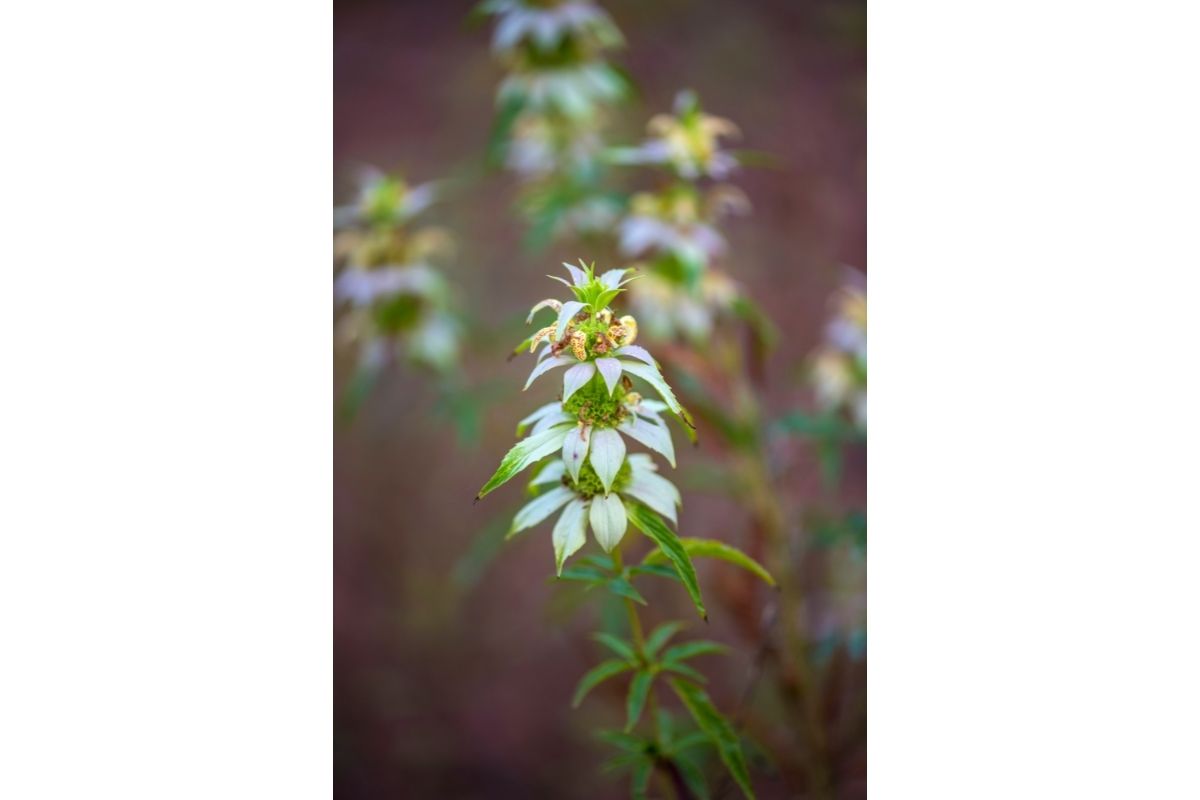
Its blooms are a mixture of pink and purple, and it has spiky green bracts surrounding these blooms. It is native to the Southern United States, and it is an annual plant that can grow up to 12 inches in height.
8.Monarda ‘Scarlet’ Bee Balm
Interestingly, this is probably the most common bee balm that you will find. As the stamens of this plant grow in twos, it is a brilliant source of pollen for bees and it can spread very quickly – particularly in the mountains.
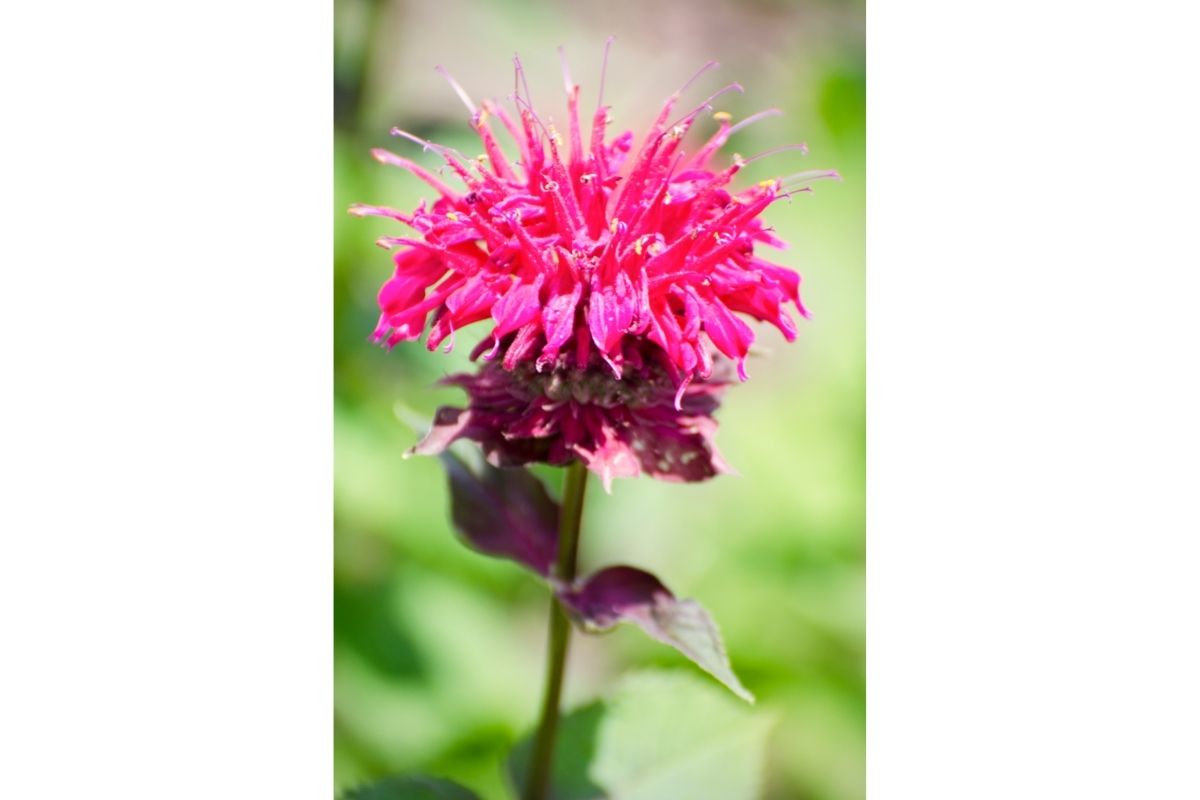
Its beautiful red color makes a statement, and its tendency to grow in clusters means that you will find the floor is covered in its blooms throughout forest areas.
9. Monarda ‘Seaside’ Bee Balm
This is an incredibly rare plant – some areas that used to be full of it now only have less than one hundred plants or so. It is native to Texas (particularly the areas by the sea) and it has a subtly sweet smell.
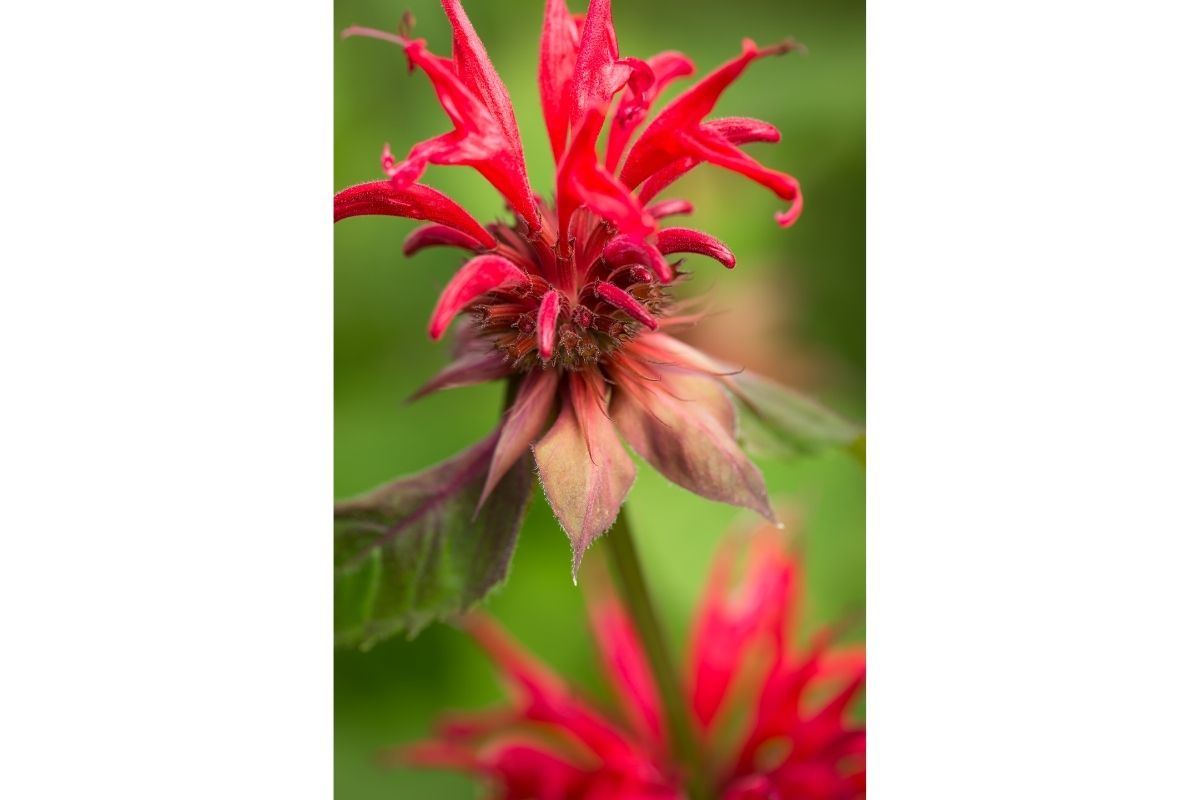
10. Monarda ‘Pony’ Bee Balm
Also known as Monarda Pectinata, this plant is native to desert areas – it is also very common in the Rocky Mountains.
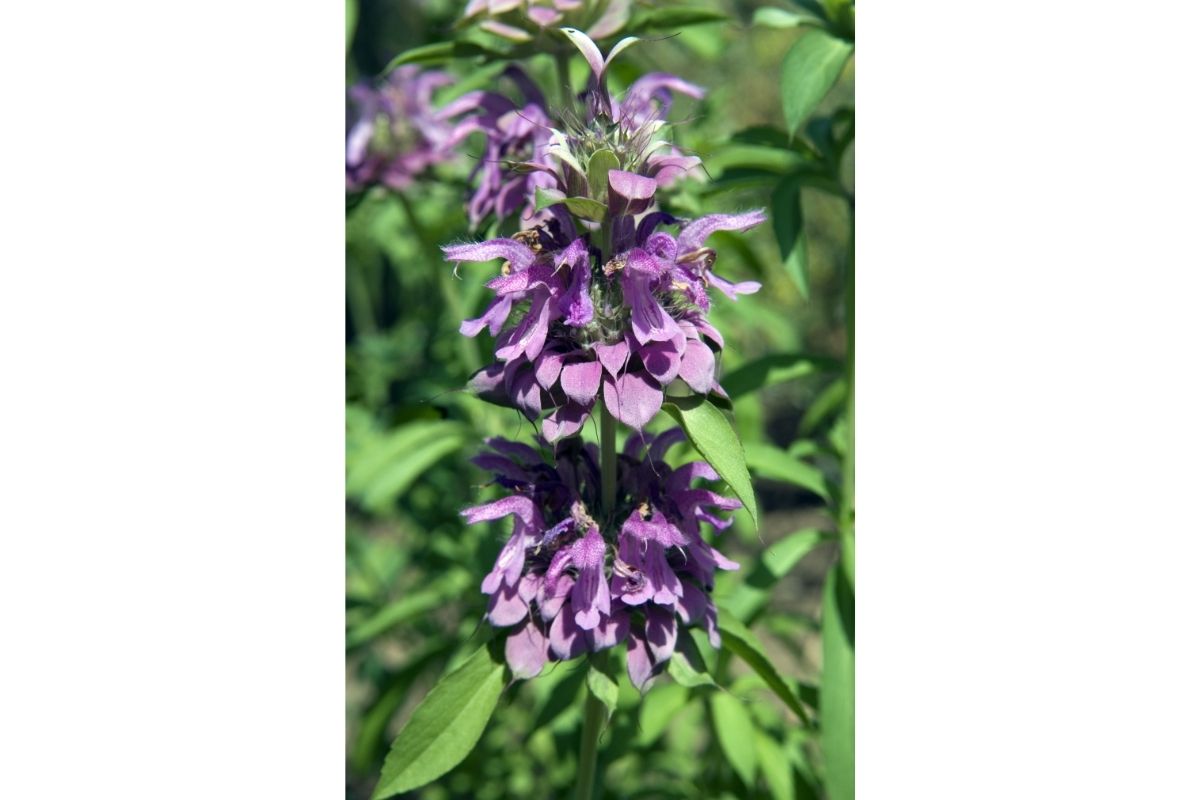
The blooms are pale lavender, and every part of the plant is particularly useful for medicinal purposes (especially coughs and colds). It requires a lot of sunlight to survive, and with this care, it will grow to 40 inches tall!
11. Stanfield’s Bee Balm
This plant is mainly found in Texas, and you would be lucky to find it in the wild anywhere else. The Stanfield variety is very unusual when compared to the other varieties because it has a huge amount of white hair surrounding its calyx!
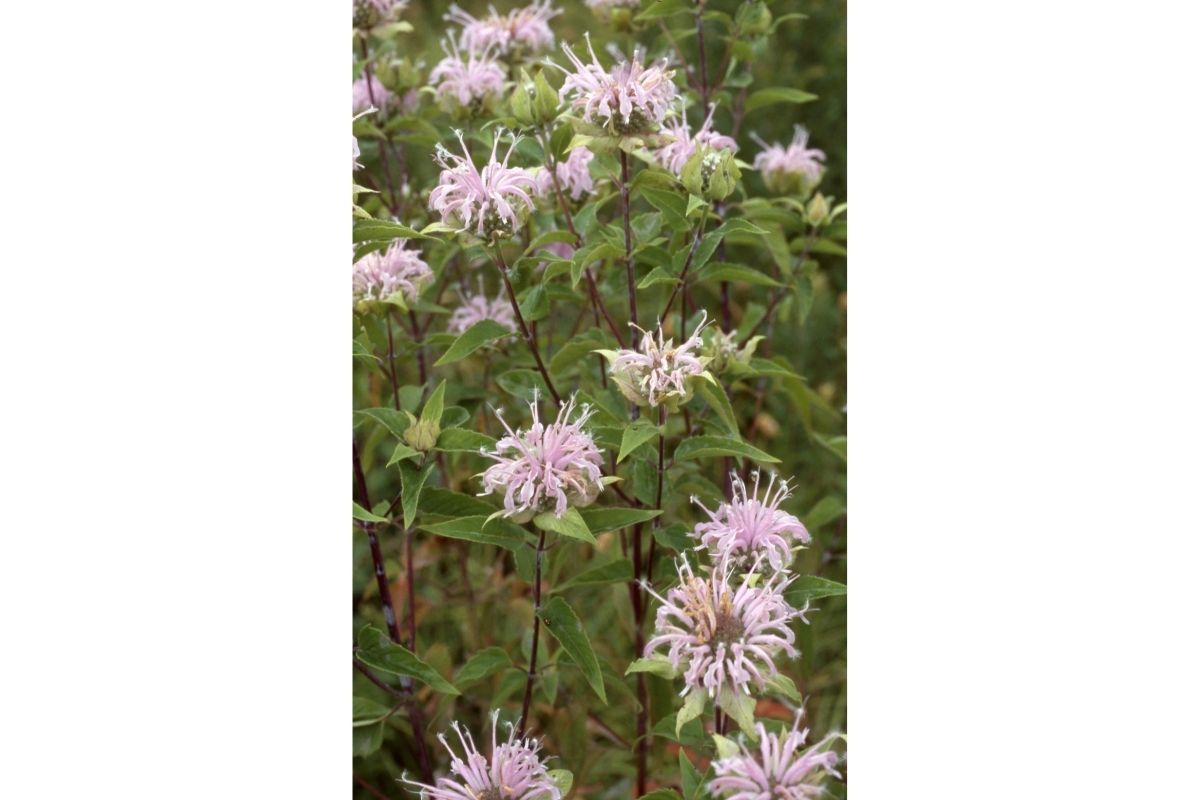
12. Lindheimer’s Bee Balm
As with the Stanfield variety, this is an incredibly rare type of bee balm – there have only been 28 reported sightings of this flower!
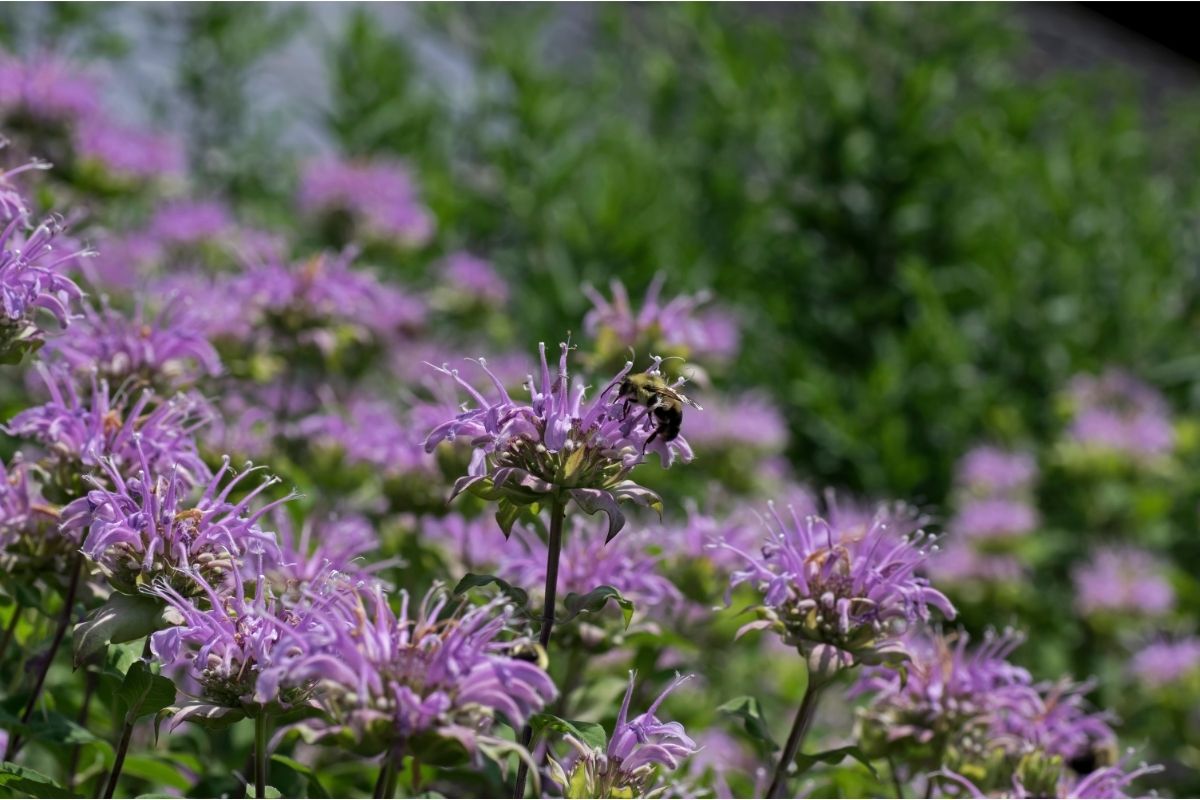
It is excellent at drawing in butterflies and bees, and it thrives in hot climates. The intense sunlight is brilliant at bringing out its bright white blooms.
RELATED: Brown Trees: Everything You Need To Know About Them
13. Monarda ‘Mint Leaf’ Bee Balm
Also known as Wile Bergamot, this plant has an extremely potent aroma which makes it exceptional when brewed into tea.
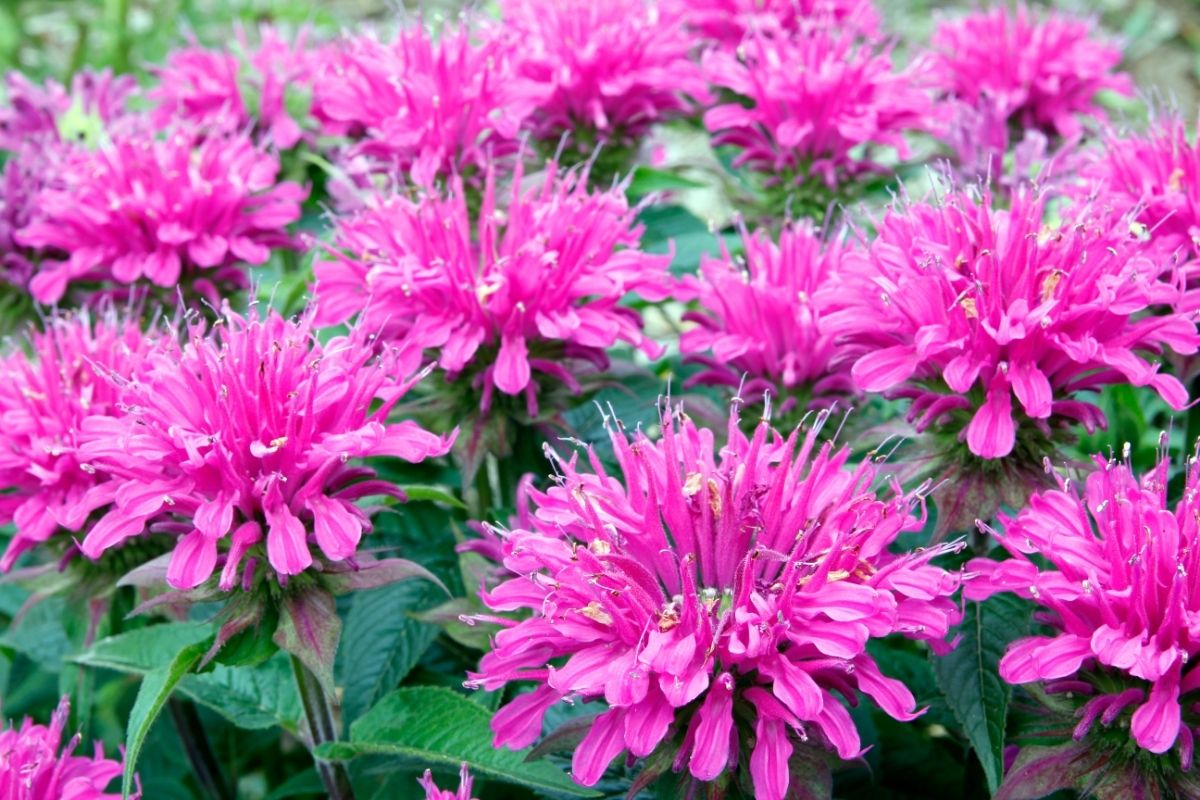
This also helps with colds and coughs. It is one of the more common varieties, and you can find it throughout the United States, Canada, and China.
The plant has very pale lavender balms that look almost white in the sunlight, and it is very drought resistant.
14. Eastern Bee Balm
The Monarda Bradburiana variety is native to the United States, and it can spread to around 2 feet in both height and width.
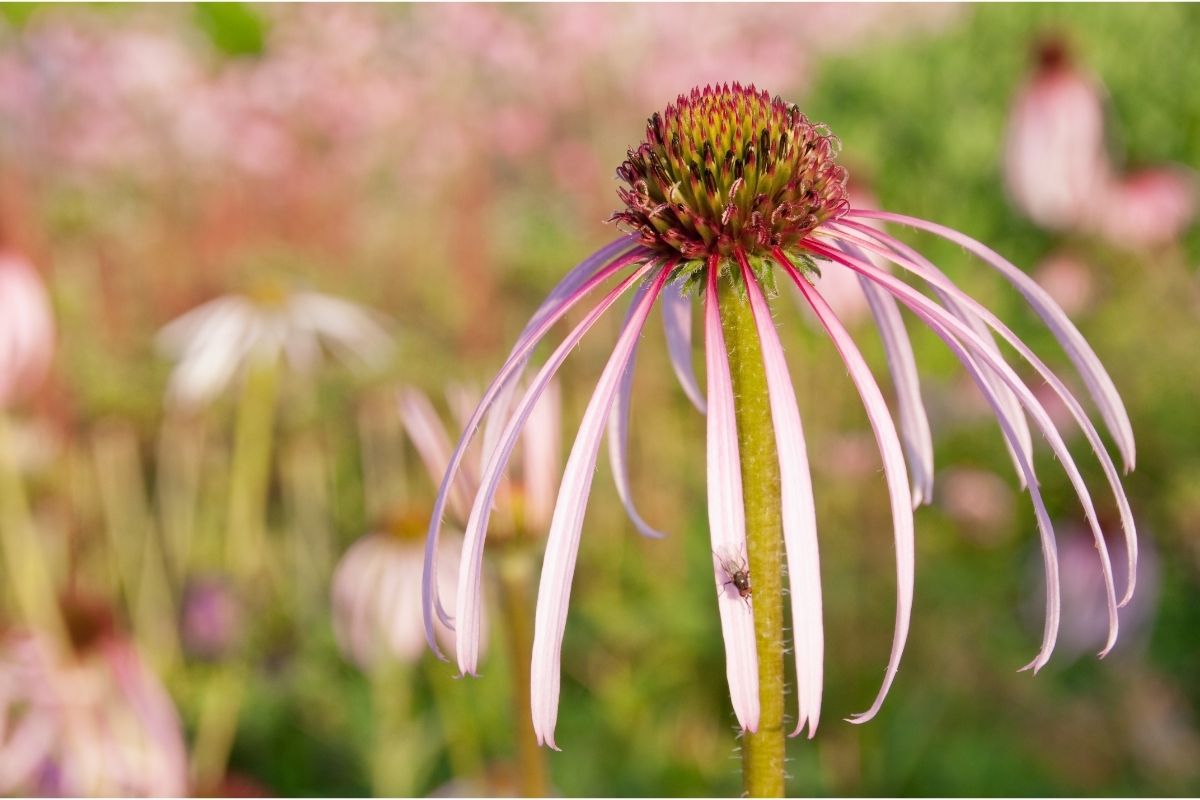
It is particularly good at self-seeding, which is why it likes to be situated in more mountainous areas (with better air circulation).
Both the pink blooms and pale green leaves contain a lot of scents, and the plant will last all the way through the summer.
To Sum Up
Bee balm is a wonderful addition to any garden, whether you’re looking to attract pollinators or just enjoy the beauty of nature.
There are many varieties of bee balm plants available, so take some time to research what suits your needs best.
If you want something that grows quickly and produces lots of flowers, then the Petite Delight variety might be right for you.
However, if you’d rather have something that requires less maintenance, then try the Monarda Punctata variety.
Frequently Asked Questions
How Do You Plant Bee Balm?
Bee balm needs full sun and lots of water. Make sure to keep it well-watered during the first year until the roots develop. After that, it can survive without any extra attention. Once established, it won’t require much care.
How Can You Use Bee Balm As A Medicine?
You can make tea by boiling the leaves and infusing them with hot water. Alternatively, you can add honey or sugar to the brew to sweeten it.
If you want to take advantage of the medicinal properties of bee balm, you could try using it to treat colds, flu, coughs, sore throats, and even sinus infections.
How Do I Control Pests Like Rabbits And Deers?
To prevent your bee balms from being eaten by animals, you’ll have to cover it with some sort of fencing.
Rabbit proofing is easy if you just place wire mesh over the top of the bed. Deer proofing isn’t so simple, though.
You’ll have to go through the process of making a fence that will deter them from eating your plants. You might find that you need to put up several types of fences to protect your plants.







